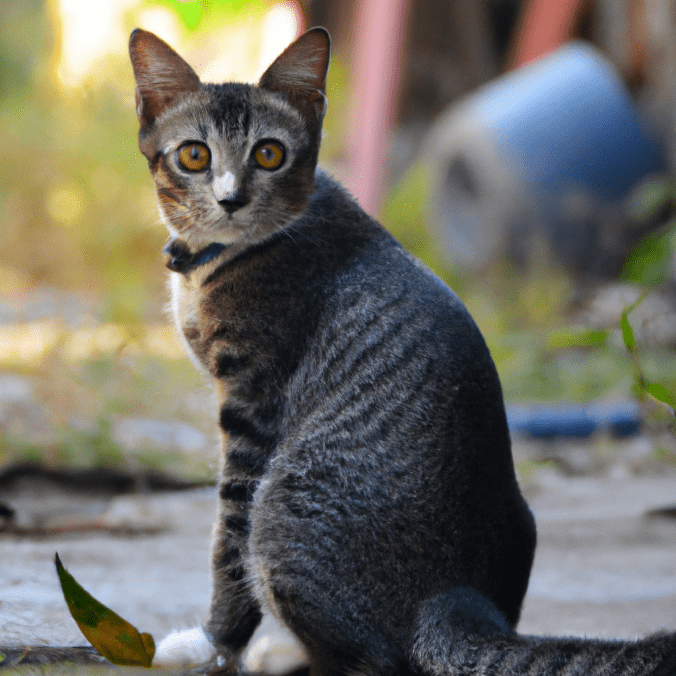The Curious Behavior of Cats and Kittens
For centuries, cats have been fascinating creatures with their mysterious and curious behavior. From their playful antics to their insatiable desire for exploration, felines have captured the hearts of humans worldwide. In this article, we will delve into the intriguing world of cats and kittens and unravel some of their most curious behaviors.
Pouncing and Chasing Shadows
Have you ever observed your cat fixated on a moving shadow, only to pounce on it with extreme determination? This behavior stems from their innate hunting instincts. Cats are predators by nature, and anything that moves swiftly can trigger their prey drive. Whether it’s the flickering of sunlight through blinds or the dancing shadows of passing cars, cats find great joy in chasing these elusive targets.
Knocking Things Over
We’ve all witnessed it – a perfectly balanced vase or a neatly arranged stack of papers suddenly crashing to the ground. Why do cats have an obsession with knocking things over? One theory is that cats knock objects to test their environment or to gain attention. In the wild, cats would use their paws to move grass or create noise that could potentially flush out prey. So, that seemingly mischievous behavior may just be a way for your cat to feel in control and emulate their natural hunting instincts.
Scratching Furniture
The sound of claws on furniture might be music to a cat’s ears, but it’s not always appreciated by their human companions. So, why do cats scratch furniture? Cats have scent glands in their paws, and when they scratch, they leave behind their unique scent as a way of marking their territory. Additionally, scratching helps cats shed old layers of their claws and stretch their muscles. Providing cats with appropriate scratching posts can help redirect their destructive tendencies, saving your furniture from their sharp claws.
Zoomies and Midnight Cat Races
One moment, your cat is lounging peacefully, and the next, they’re dashing across the room at lightning speed. These bursts of frenetic energy, often referred to as “zoomies,” are common in cats, particularly kittens. Zoomies are a way for cats to release pent-up energy and mimic hunting behaviors. If you find yourself in the middle of a midnight cat race, fret not – providing regular play sessions and engaging toys can help burn off their excess energy in a more controlled manner.
Purring
Purring is a universal language of contentment in the feline world. But did you know that cats don’t only purr when they’re happy? Cats also purr when they are anxious, in pain, or even during labor. Purring is often considered to be a self-soothing mechanism that helps cats relax and promote healing. It’s their way of signaling to both themselves and their human companions that everything is okay.
Catnip Craze
One whiff of catnip can turn even the calmest cat into a frenzy of rolling and rubbing. Catnip, a member of the mint family, contains a chemical compound called nepetalactone, which triggers a euphoric response in many cats. Not all cats respond to catnip, though; the sensitivity to this feline favorite is hereditary. It’s perfectly safe for cats to enjoy this natural high, but moderation is key to prevent any overexcitement or potential gastrointestinal upset.
Conclusion
Cats and kittens hold an endless fascination for us with their peculiar behaviors. From their predatory instincts to their signature purrs and obsession with catnip, these marvelous creatures continue to surprise and entertain us. Next time you observe your cat’s peculiar behavior, remember that beneath their mysterious facade lies a world of curiosity waiting to be explored.
Remember, the cat is both a companion and a puzzle to be solved. So, embrace the quirks and enjoy the journey of unraveling the enigmatic behaviors of cats and kittens!
